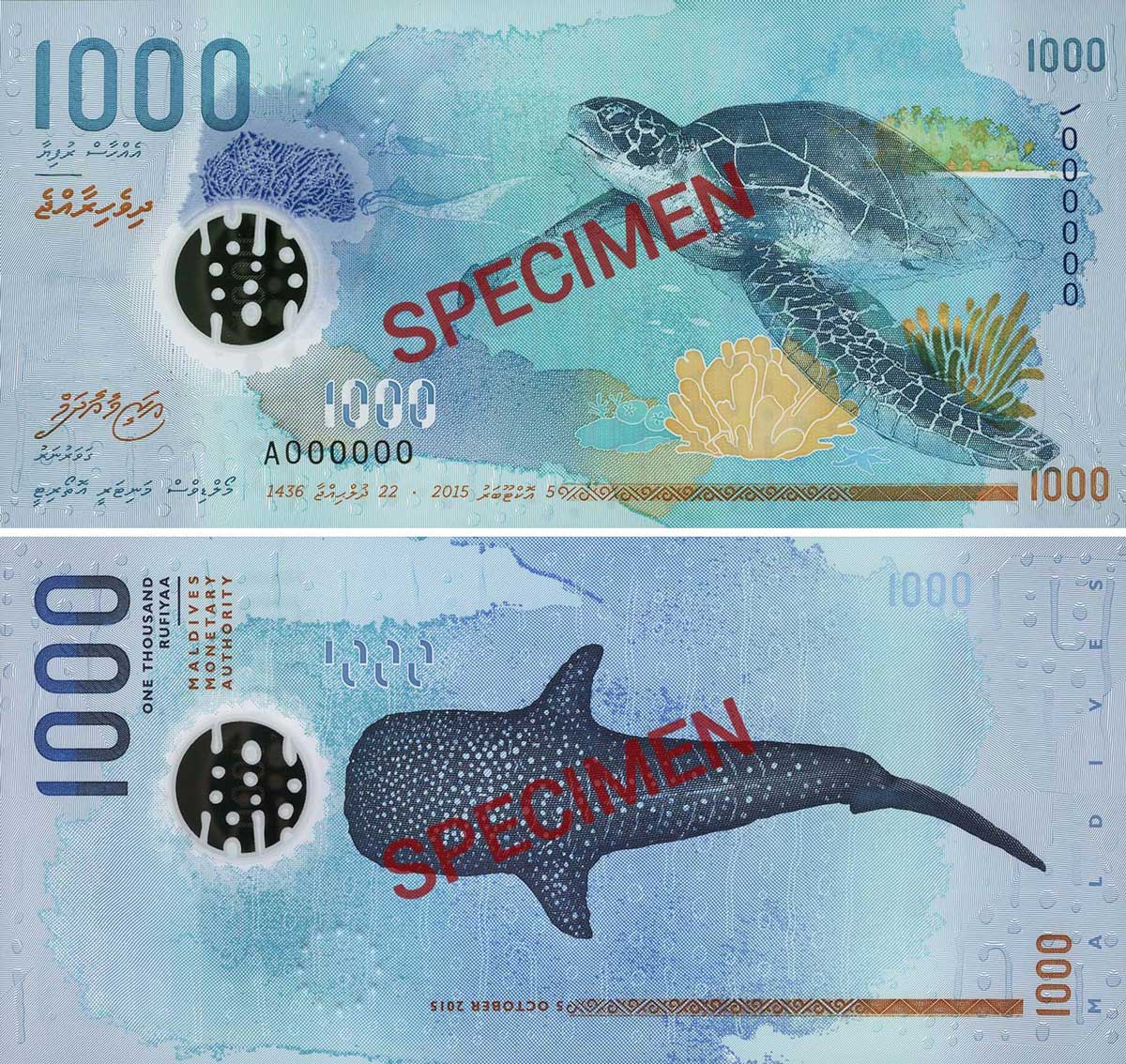Maldives Economy and Development

For the past decade Maldives shows a steady average annual growth of the economy with a considerable development of the country’s infrastructure and connectivity.
Tourism is the main industry, contributing close to 28% of the GDP. Over 60% of the foreign exchange that flows into the country is through the tourism sector. Major percentage of government tax revenue comes from tourism related taxes and it is considered as the main source of income.
Fishing is the second leading economic sector of the Maldives. A significant amount of country’s income is generated through export of fresh fish and other fish/marine products.
Agriculture play only a minor role in the economy as constrained by the limited cultivable land.
Other economic activities in the Maldives include garment production, boat building, construction, information technology, handicraft production, processing coconut, mat weaving, thatch weaving and shipping. However, these are not major income generating activities and accounts incredibly low for the GDP.
Economic development
In 2020 a large portion of the government budget is allocated to the Economic development followed by Education, Health, Social Security, and Debt Servicing.
Infrastructure development in Maldives has mostly occurred in the capital Malé and Hulhumalé.
Most islands compared the capital continues high poverty rate, lower income per-capita, unemployment, and limited access to social services where some islands do not have a stable 24-hour electricity, access to clean water and proper sewage system.
Maldives is physically vulnerable to sea level rise as the country is lower than 2 meter above mean sea level. The nature of geographically dispersed tiny islands, which makes delivery of service and goods more difficult hence effects the overall economy. The greatest threat to lives and the economy is country’s exposure to natural hazards and climate variability.
Maldives GDP
The GDP of Maldives totaled US$5.327 billion in 2018. A population of 515,696 is recorded in 2018. Since 2000 a steady increase of the GDP is recorded.
The Maldives is often regarded as a wealthy nation due to its high standard of living and strong tourism industry, it is important to consider the broader context. The country’s middle-income status and relatively high living standards do indeed reflect a level of prosperity, particularly in comparison to other nations in the region.
Challenges such as significant foreign debt, limited natural resources, and heavy dependence on tourism underscore complexities in its economic landscape. The Maldives enjoys certain indicators of wealth, its overall economic situation presents a more nuanced picture.
General living and health condition in Maldives
The percentage of people living under the poverty is 1% of the population as of 2011.
The youth unemployment is at 15.3 percent (2020) and women participating in the workforce is low.
Maldives have totally eradicated Malaria and HIV rate is low, however measles have been found recent times (2020) and Dengue fever cases rise seasonally.
Life expectancy of Maldives is over 78 years
Currency used in the Maldives
Maldives use Maldivian Rufiyaa (MVR) as the official currency however US Dollar and credit card payments are widely accepted.
Rufiyaa bank notes come in denominations of 5, 10, 20, 50, 100, 500 and 1000